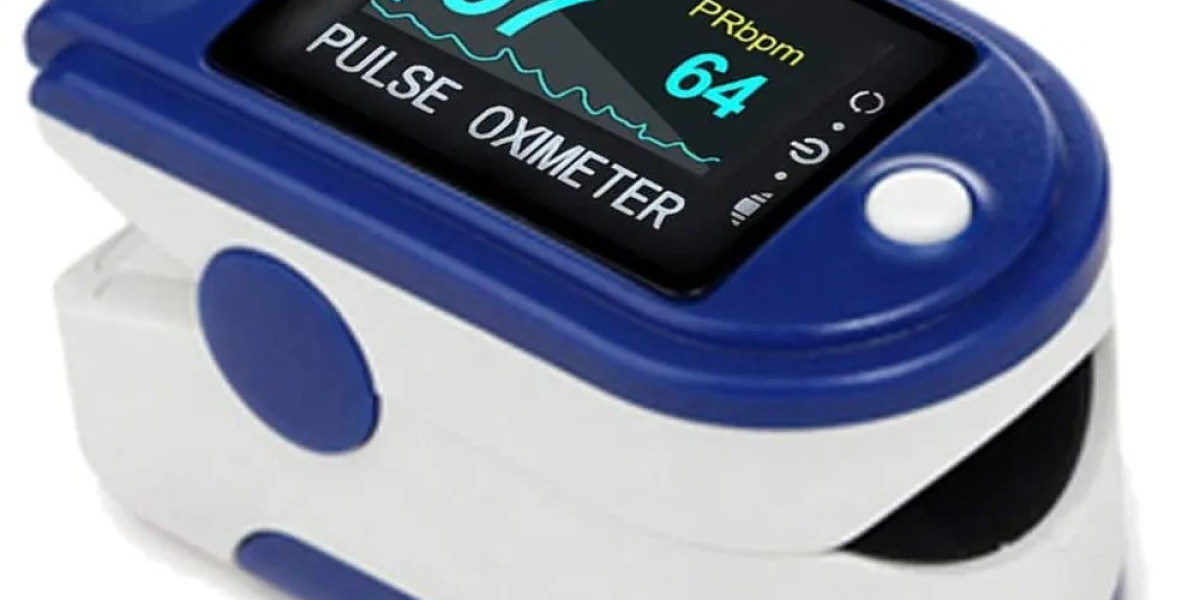How Brake Pads Work
Brake Pads
are located inside the brake calipers, and they press against the brake rotors (or discs) to create the friction that slows your wheels. Every time you apply the brakes, the pads wear down a little. If they become too thin, they won’t function properly, leading to decreased braking performance and increased stopping distances.
Signs You Need Brake Pad Replacement
Knowing when to replace your brake pads is crucial. Here are common warning signs:
Squeaking or squealing noises: High-pitched sounds when braking are often caused by worn brake pads.
Grinding noise: This usually means the pads are worn down completely, and metal is rubbing against metal.
Reduced braking power: You may notice your car takes longer to stop or the brake pedal feels spongy.
Vibration when braking: Warped rotors or uneven pad wear can cause shaking when you apply the brakes.
Dashboard warning light: Some vehicles have a brake warning light that turns on when brake pads are too thin.
Why Timely Replacement Is Important
Delaying brake pad replacement can lead to serious issues. Worn pads can damage the rotors, leading to more expensive repairs. In worst-case scenarios, brake failure could occur, putting your safety and others at risk.
Replacing brake pads on time ensures optimal braking performance, better fuel efficiency, and overall safer driving. It also helps avoid costly repairs down the line.
When Should You Replace Brake Pads?
As a general rule, brake pads should be replaced every 30,000 to 70,000 miles, depending on your driving habits and the type of vehicle. However, it’s always best to have your brakes inspected regularly—especially if you drive in heavy traffic, tow loads, or navigate hilly terrain frequently.
Professional Brake Services Matter
While some car enthusiasts may attempt to replace brake pads on their own, it's recommended to have the job done by a certified technician. They can properly assess the entire braking system, check for additional wear or damage, and install high-quality replacement parts.
Conclusion
Brake pad replacement is not just routine maintenance—it’s a key aspect of vehicle safety. Ignoring worn brake pads can lead to dangerous driving conditions and expensive repairs. Stay safe and proactive by scheduling regular brake inspections and replacing pads when necessary. Your peace of mind—







